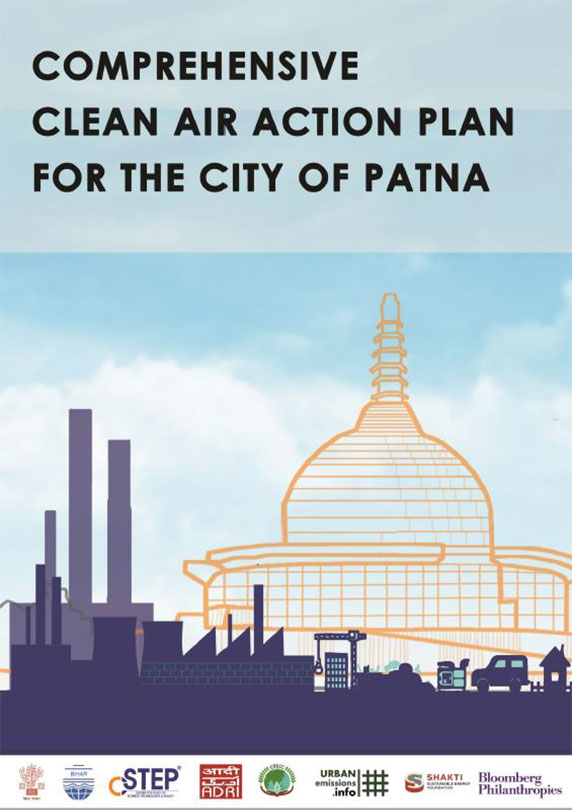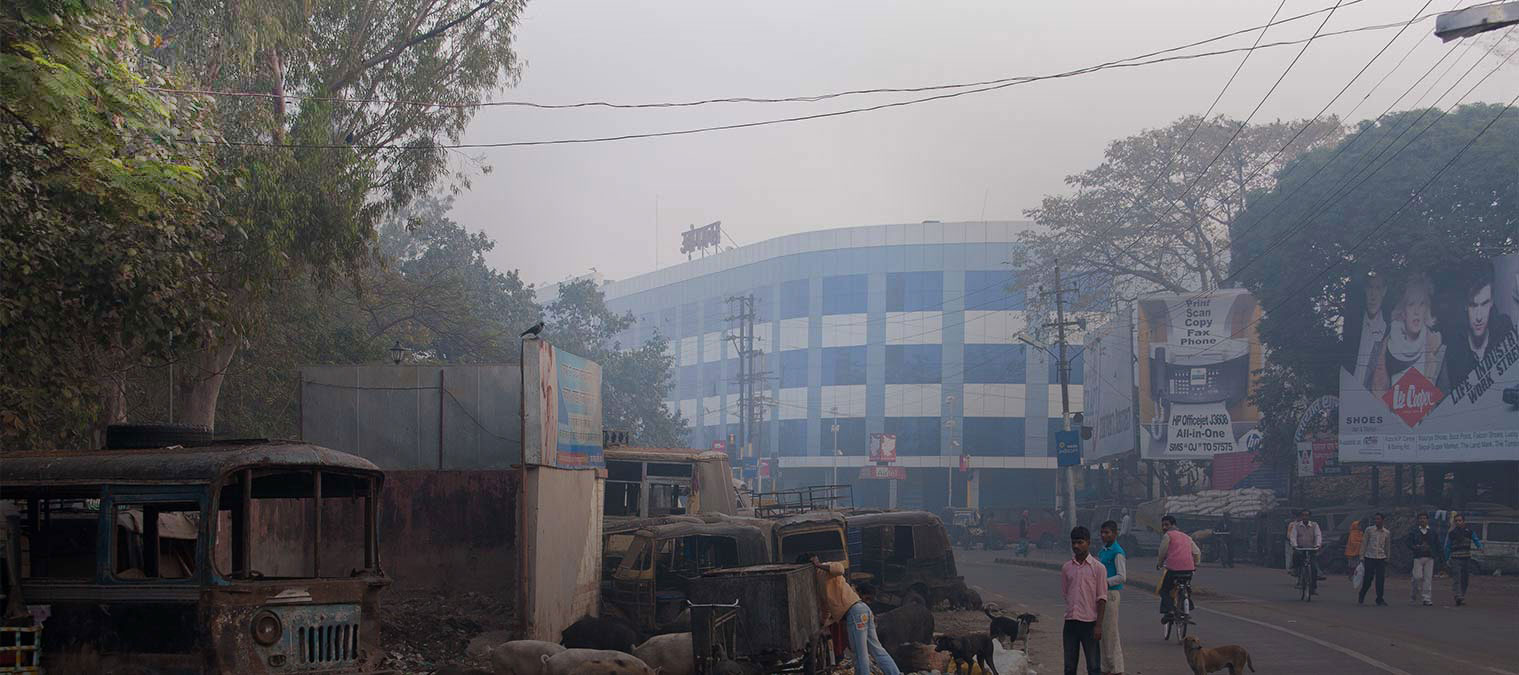The year-long study identified source-specific control measures (CMs) and assessed their technological and economic feasibility for implementation. The study included the development of an emission inventory for Patna and several focused group discussions with stakeholders to understand the pollution landscape.

Patna is among the five most polluted cities in the world. It was also identified by the Central Pollution Control Board (CPCB) as one of 122 non-attainment cities in India as part of the National Clean Air Programme (NCAP).
It is in this context that the Patna Clean Air Action Plan was developed. The year-long study identified source-specific control measures (CMs) and assessed their technological and economic feasibility for implementation. The study included the development of an emission inventory for Patna and several focused group discussions with stakeholders to understand the pollution landscape.
The study recommended the following CMs for maximum pollution reduction:
1. Introduce EVs/CNG vehicles in the city
2. Increase the public mode of transportation
3. Implement efficient solid-waste management strategies
4. Decrease the use of solid fuel by increasing the penetration and refuelling rate of LPG cylinders
5. Promote advanced technologies in industries
6. Enforce rules for construction and demolition waste management
